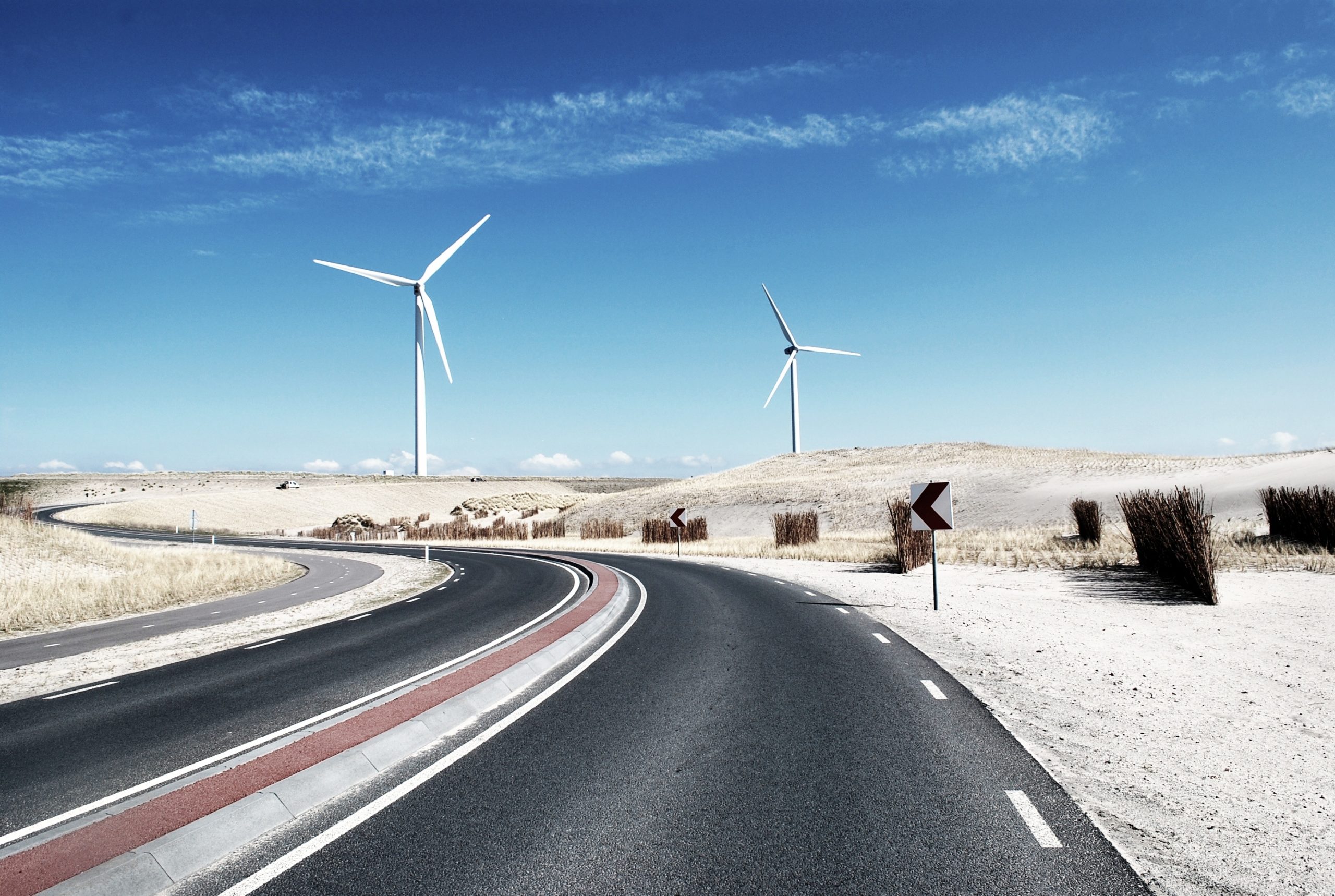As the risks of failing to invest in responses to climate change become clear, pension funds and other big private investors are taking advantage of innovative financing mechanisms to move forward with hundreds of millions of dollars to fund climate solutions.
As next month’s pivotal climate conference in Paris approaches, the commitments to the new “climate funds” represent a down payment on the trillions in investment needed in clean energy, agricultural adaptation, reforestation and other carbon-reducing and carbon-storing projects.
Most of the funds continue to be bankrolled by governments, public agencies and multilateral development finance institutions, but many include risk-reducing provisions that are sweetening the proposition for the pension funds and other private investors.
The new Climate Finance Inventory, compiled by the OECD, lists 99 climate funds that invest in climate adaptation, mitigation and capacity-building, in different sectors and regions. A review by ImpactAlpha has identified at least 26 vehicles that include both public and private investors, with estimated committed capital of over $12 billion.
“There is a need for catalyzing new public/private partnerships that can bridge that gap, leverage public funds and put in place de-risking instruments that can make the investments feasible for pension funds,” said Torben Möger Pedersen, chief executive of PensionDanmark, in September in New York for the UN Climate Summit. PensionDanmark is an investor in the $236 million Danish Climate Investment Fund.
The new funds represent the first few drops in the very large buckets of capital needed to address the climate changes ahead. At current levels of investment, developing countries alone face an annual gap of $420 to $780 billion in climate change adaptation and mitigation investment. The International Energy Agency estimates $5 trillion in clean energy investment is required by 2020 to limit global warming to 2°C.
There’s a growing consensus that much of this capital will have to come from the private sector.
Governments and international organizations are acting to create favorable conditions for the private sector to get engaged. As the OECD list shows, public actors, from national governments to development finance institutions, are creating financing structures that aim to provide risk-adjusted market rates of returns for private investors.
The risk-reduction measures are aimed at combating the prevailing view that clean energy investments remain risky and costly due to small deal sizes and risks associated with new business models, new technologies, high transaction costs and investment risks specific to emerging and frontier markets where the demand for energy solutions is high.
Taking advantage of those incentives, forward-looking institutional investors are starting to make significant allocations to climate change investments. These incentives improve an investment’s risk-return profile by providing first-loss capital protection or enhance returns through predefined profit sharing mechanisms. Fund costs can be reduced through shared market knowledge and side facilities that cover administrative and due diligence costs.
“These are investments that fit well with the long-term nature of pension funds,” said Pedersen. “The market for these types of investments has been maturing rapidly in recent years, with a sharp rise in deals and deal flows and has, thus, been attracting an increasing number of more mainstream investors.”
Next month’s United Nations’ 21st Conference of the Parties, known as COP21, is expected to result in agreements to encourage such innovative financing structures to attract private capital.
Here are four funds and vehicles, representing over $1 billion, that highlight the incentives that are attracting private investors.
- African Renewable Energy Fund, or AREF, reached its funding target with a final close at $200 million in October 2015. Managed by Berkeley Energy, AREF is a dedicated Sub-Saharan African renewable energy fund for investments in grid-connected development stage renewable energy projects. African Development Bank and Sustainable Energy Fund for Africa, or SEFA, provided $65 million in anchor capital. SEFA also established a $10 million Project Support Facility to support early stage project development. One key to raising capital from commercial and private investors: SEFA and Global Environment Facility provided concessionary capital to enhance other investors’ returns.
- Global Energy Efficiency and Renewable Energy Fund, or GEEREF, offers private investors access to clean energy funds across Asia, Africa and Latin America. Managed by the European Investment Bank, GEEREF, raised $245 million in April 2015. Private commitments represented $112 million; the remainder came from Germany, Norway and the European Union. Private investors benefit from a preferred return and priority on reflows as well as from the fund manager’s private equity and energy experience in emerging markets.
- Danish Climate Investment Fund, or DCIF, raised $236 million from a mix of public and private investors, including PensionDanmark and pension funds PKA and PBU. The fund offers risk capital for climate projects in the growing markets of Asia, Africa, Latin America and parts of Europe. Institutional investors get a preferred return according to a predefined distribution waterfall.
- IFC AMC Catalyst Fund is a $418 million private equity fund-of-funds that offers investors access to the IFC’s investment pipeline of private equity funds focused on low-carbon power generation, energy and water efficiency. Investors in this fund include several pension funds: Christian Super (Australian private pension fund), a German pension fund as well as Governments of Canada, UK, Norway and Japan. Private investors benefit from IFC’s expertise in emerging market private equity and reduced deal-sourcing costs.












